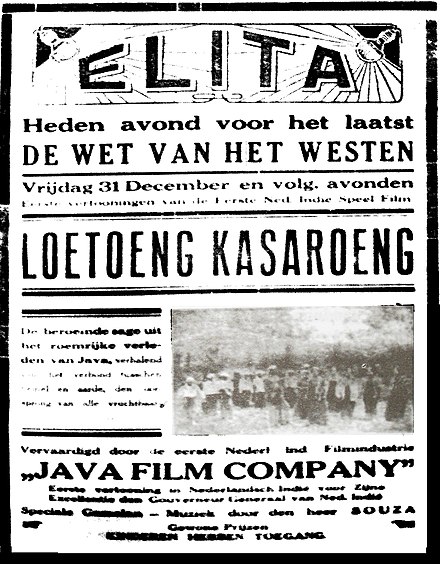Países Bajos ( holandés : Nederland [ˈneːdərlɑnt] ⓘ ),informalmente Holanda, es un país ubicado en el noroeste de Europa conterritorios de ultramaren elCaribe. Es el más grande de los cuatro países constituyentes delReino de los Países Bajos. Los Países Bajos se componen dedoce provincias; Limita con Alemania al este yBélgicaal sur, condel Mar del Norteal norte y al oeste. Tiene frontera con Francia en la isla dividida deSan Martínen el Caribe. Compartefronteras marítimascon el Reino Unido, Alemania y Bélgica. El idioma oficial es el holandés, siendoel frisón occidentalel idioma oficial secundario en la provincia deFrisia. El holandés, el inglés yel papiamentoson oficiales en los territorios del Caribe.
Los Países Bajos han sido una monarquía constitucional parlamentaria con una estructura unitaria desde 1848. El país tiene una tradición de pilarización (separación de los ciudadanos en grupos por religión y creencias políticas) y un largo historial de tolerancia social , habiendo legalizado la prostitución y la eutanasia , junto con mantener una política liberal sobre drogas . Los Países Bajos permitieron el sufragio femenino en 1919 y fueron el primer país en legalizar el matrimonio entre personas del mismo sexo en 2001. Su economía avanzada de mercado mixto tiene el undécimo ingreso per cápita más alto del mundo. La Haya ocupa la sede de los Estados Generales , el Gabinete y el Tribunal Supremo . El Puerto de Rotterdam es el más activo de Europa . Schiphol es el aeropuerto más transitado de los Países Bajos y el cuarto más transitado de Europa . Los Países Bajos son miembro fundador de la Unión Europea , la Eurozona , el G10 , la OTAN , la OCDE y la OMC , así como parte del Área Schengen y de la Unión trilateral del Benelux . Alberga organizaciones intergubernamentales y tribunales internacionales , muchos de los cuales se encuentran en La Haya. ( Articulo completo... )





El Wikiportal holandés está actualmente en construcción. ¡La ayuda sería muy apreciada!
Ver también:
Añádete a la categoría de Wikipedianos ubicados en Países Bajos .